Orchestrating your Compliance Journey to Audit Success
The Compliance Frameworks in Our Repertoire
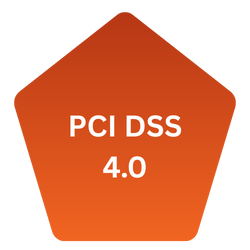

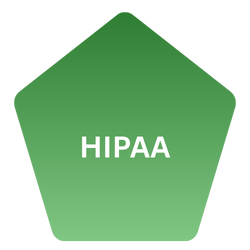
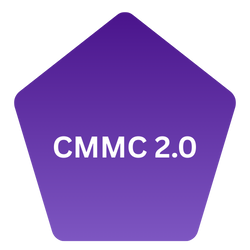


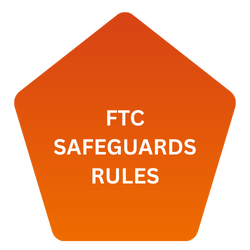


Your Trustworthy Compliance Partner

Risk Management
We help clients create and manage tailored policies that align with evolving industry standards and internal needs—ensuring clear governance, accountability, and audit readiness.

Compliance Advisory
Ensure your business meets evolving regulatory requirements with precision. Our compliance experts guide you through frameworks like CMMC, SOC 2, NIST, and ISO 27001.

Virtual CISO
Gain strategic direction from a seasoned Virtual CISO (vCISO). We help organizations develop governance programs, meet compliance mandates, and reduce risk while optimizing security investments.

Business Continuity
Ensure your business stays resilient during cyber incidents and ransomware attacks with expert planning, recovery strategies, and operational safeguards. We help you build a continuity plan that protects operations and minimizes downtime.
Our Accreditations

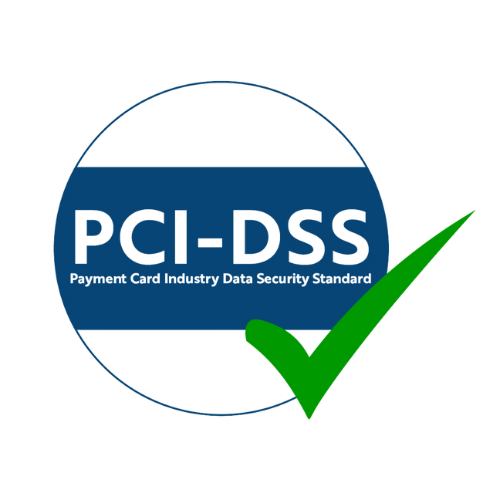
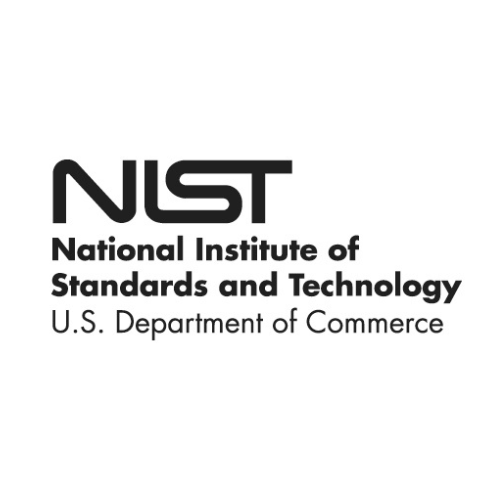
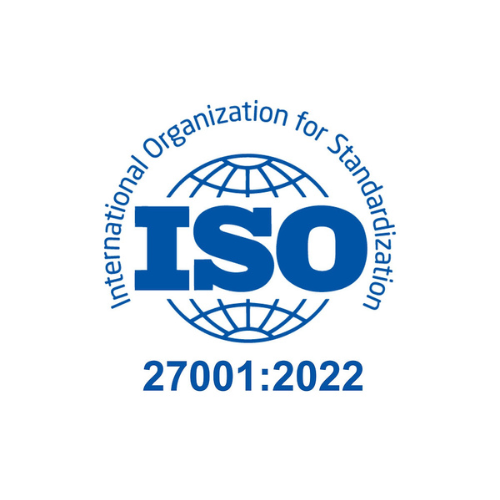
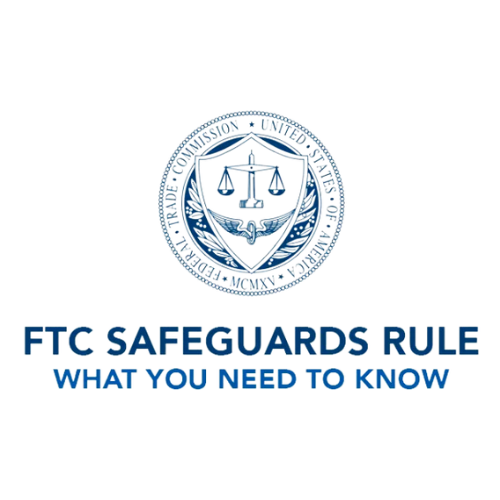
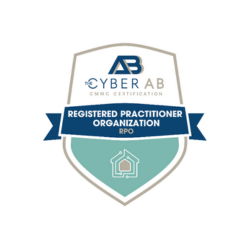
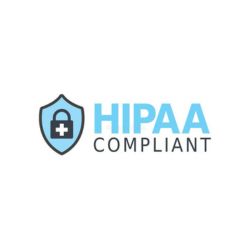
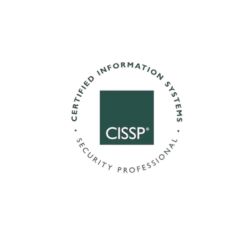

Get expert help navigating the complexities of IT and cybersecurity.
With the increasing sophistication and frequency of cyberattacks, organizations need to have a comprehensive cybersecurity strategy that addresses their specific risks and vulnerabilities.
Our consulting and compliance services provide your business with a tailored approach to cybersecurity, helping you identify areas of weakness and provide guidance on implementing appropriate measures to mitigate risks. We keep your businesses ahead of evolving threats, ensure continuous regulatory compliance, and help you protect your sensitive data and assets.
LEADERS FEEL THAT CYBERSECURITY RISKS ARE INCREASING
SAY THEIR IT TEAM IS UNABLE TO HANDLE AN ADVANCED CYBERATTACK
SAY COMPLIANCE MANDATES ARE DRIVING SPENDING
We help you protect sensitive information and meet regulatory obligations.

Identified vulnerabilities with recommendations for effective security controls to help protect your business against potential cyber threats
Compliance with relevant laws such as GDPR, CCPA, HIPAA, or industry-specific regulations to safeguard your business from penalties, lawsuits, and other legal consequences
Proactive risk mitigation strategies tailored to your business that minimizes the likelihood of security incidents and their impact on your business operations
Access to experts with knowledge of the latest cybersecurity trends, emerging threats, and best practices, empowering your internal IT teams with valuable insights, skills, and training
Guidance and support to scale your IT infrastructure, adapt security measures, and address emerging threats as your business grows or faces new challenges
Help to identify areas of inefficiency, recommend cost-effective solutions, and assist in optimizing your IT investments aligning your IT and cybersecurity strategy with your business goals
Access to a partner that leverages emerging technologies, implements industry-leading practices, and adopt innovative security solutions to position your business as a trusted and secure entity

Why Concertium?

| EXPERIENCE & EXPERTISE
We have nearly 30 years of experience in managing and protecting technology infrastructures, allowing a more comprehensive approach to meeting your business, compliance, and cybersecurity needs.

| INNOVATIVE SOLUTIONS
We offer advanced capabilities curated by our forward-thinking engineers and innovative partnerships to drive industry-leading technology.

| END-TO-END CAPABILITY
Unlike many providers, we have professional expertise and services from strategy to setting up the appropriate infrastructure, security controls, and ongoing security and IT management.

| HANDS-ON PARTNERSHIP
We take a hands-on, collaborative approach to identify solutions and potential new areas of improvement that align with your company’s vision.
FAQ
Risk tolerance refers to the level of risk that an organization is willing to accept while pursuing its objectives. It is a critical component of risk management that defines the boundaries within which risks can be managed and controlled. Risk tolerance varies from one organization to another based on factors such as industry, business model, regulatory requirements, and overall strategic goals.
Understanding and defining risk tolerance is essential for several reasons:
- Strategic Decision-Making: It helps in making informed decisions about which risks to take and which to avoid, ensuring alignment with the organization’s strategic objectives.
- Resource Allocation: It guides the allocation of resources towards risk mitigation efforts, ensuring that investments are made where they are most needed.
- Compliance: It ensures that the organization remains compliant with regulatory requirements by managing risks within acceptable limits.
- Operational Efficiency: It enhances operational efficiency by preventing over- or under-reaction to risks, thereby maintaining a balanced approach to risk management.
- Stakeholder Confidence: It builds confidence among stakeholders, including customers, investors, and partners, by demonstrating a proactive approach to managing risks.
Determining risk tolerance involves several steps:
- Assessing Risk Appetite: Evaluate the organization’s willingness to take on risk in pursuit of its goals.
- Identifying Key Risks: Identify the key risks that could impact the organization’s objectives.
- Quantifying Risks: Measure the potential impact and likelihood of these risks.
- Setting Boundaries: Define acceptable levels of risk for different areas of the business.
- Monitoring and Reviewing: Continuously monitor and review risk tolerance levels to ensure they remain aligned with the organization’s objectives and external environment.
In cyber risk management, risk tolerance helps in:
-
- Prioritizing Cybersecurity Investments: Ensuring that resources are allocated to the most critical areas.
- Developing Policies and Procedures: Creating policies that reflect the organization’s risk tolerance levels.
- Incident Response Planning: Preparing for cyber incidents in a way that aligns with the organization’s risk tolerance.
- Vendor Management: Selecting and managing vendors based on their ability to meet the organization’s risk tolerance criteria.
By clearly defining and understanding risk tolerance, businesses can better manage risks, make strategic decisions, and achieve their objectives while maintaining compliance and operational efficiency.
Self-attestation allows organizations to certify compliance without third-party assessment. It’s accepted in some frameworks but not all.
The National Institute of Standards and Technology (NIST) provides cybersecurity and compliance frameworks that guide organizations in improving their security posture.
It refers to an organization’s preparedness to meet the specific requirements of a compliance audit. This includes documentation, process alignment, and system controls.
While not always required, Governance, Risk & Compliance (GRC) platforms help streamline compliance efforts, manage risk, and centralize audit data.
It depends on your current posture, resources, and the framework you’re targeting. Readiness typically ranges from 3 to 12 months.


